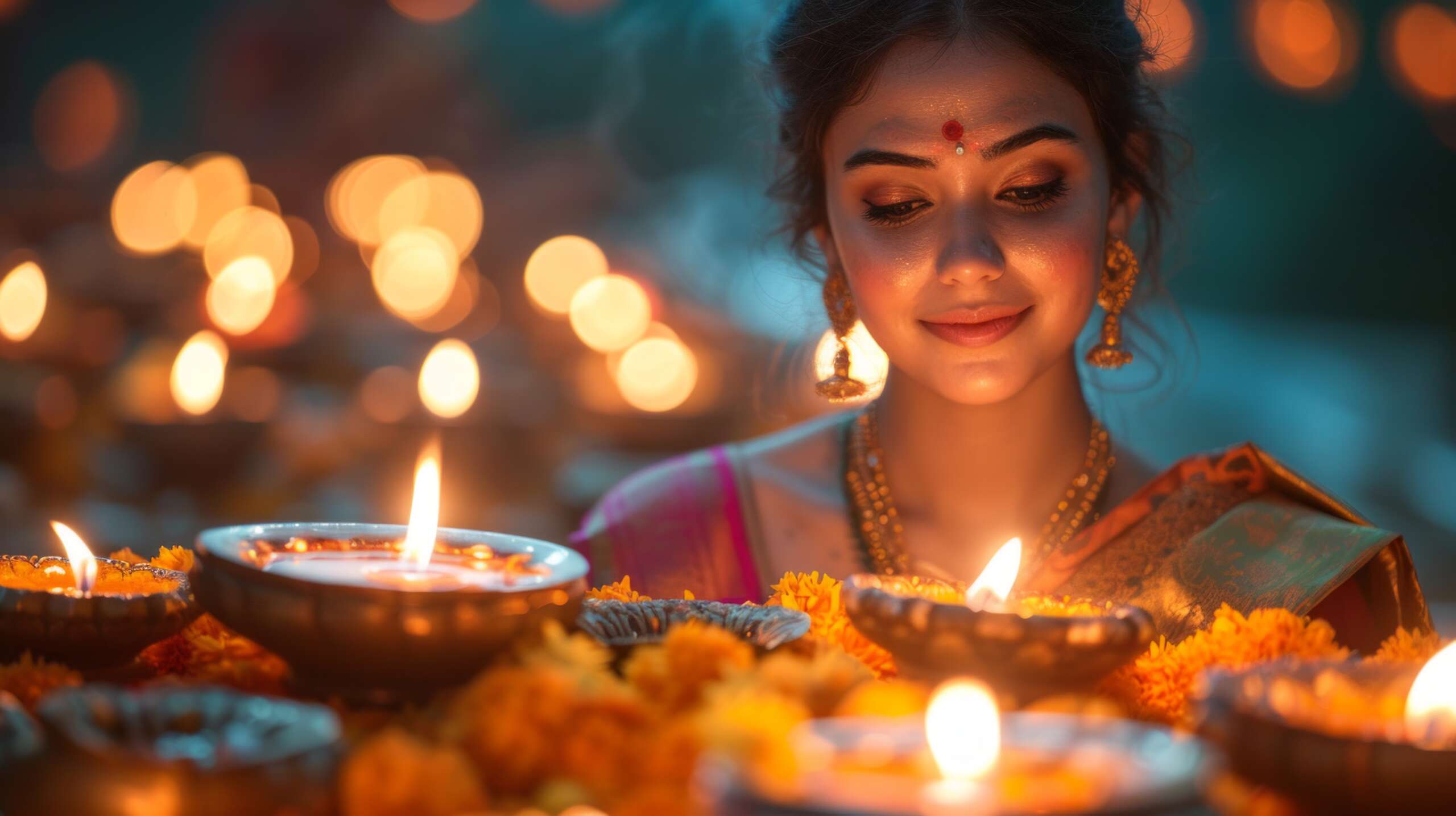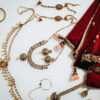Introduction to Classical Indian Jewelry
Classical Indian jewelry reflects centuries of artistic finesse and cultural diversity fostered under the patronage of various dynasties across the subcontinent. From the ancient craftsmanship of the Mauryan Empire to the refined elegance of the Gupta period, Indian jewelry showcases regional aesthetics, religious symbolism, and royal splendor.
Mauryan Empire (322–185 BCE)
1. Artistic Flourishing:
During the Mauryan Empire, jewelry craftsmanship flourished, emphasizing bold designs and the use of precious metals like gold and silver. Jewelry pieces featured geometric patterns, animal motifs, and symbols of fertility and prosperity, reflecting the empire’s cultural and artistic achievements.
2. Materials and Techniques:
Goldsmiths employed advanced techniques such as filigree, granulation, and gemstone settings to create intricate ornaments. Necklaces, earrings, bracelets, and diadems adorned with pearls, rubies, emeralds, and sapphires showcased the empire’s wealth and craftsmanship.
Gupta Empire (320–550 CE)
1. Golden Age of Indian Art:
The Gupta period is celebrated as the golden age of Indian art and jewelry craftsmanship. Gupta jewelry epitomized elegance with delicate filigree work, intricate designs, and the use of high-quality gemstones. Gold remained the preferred metal, symbolizing purity and divine connection.
2. Cultural Influence:
Gupta jewelry designs drew inspiration from Hindu mythology and Buddhist motifs, featuring depictions of gods, lotus flowers, and celestial beings. These pieces served not only as adornments but also as symbols of spiritual enlightenment and royal prestige.
Vijayanagara Empire (1336–1646 CE)
1. Architectural Splendor:
During the Vijayanagara Empire, jewelry craftsmanship paralleled the empire’s architectural grandeur. Temple jewelry emerged as a distinctive style, characterized by intricate gold work, gemstone settings, and motifs inspired by temple architecture and religious iconography.
2. Regional Styles:
Vijayanagara jewelry varied across regions, reflecting local traditions and cultural influences. Hoysala and Chola styles incorporated detailed temple motifs, while Nayaka and Kakatiya jewelry featured robust designs favored by royalty and nobility.
Regional Variations and Contemporary Legacy
1. South Indian Temple Jewelry:
South India’s temple jewelry remains a testament to classical Indian craftsmanship, featuring elaborate gold work and intricate gemstone settings. These pieces are worn during religious ceremonies and cultural performances, symbolizing devotion and cultural heritage.
2. Contemporary Revival:
In modern times, classical Indian jewelry styles continue to inspire contemporary designs and artisanal craftsmanship. Traditional techniques such as Kundan, Meenakari, and Nakashi are reinterpreted in fusion jewelry collections, blending historical aesthetics with modern fashion sensibilities.
Conclusion
Classical Indian jewelry exemplifies a legacy of artistic brilliance, cultural diversity, and royal patronage spanning millennia. From the monumental achievements of the Mauryan and Gupta empires to the regional splendor of Vijayanagara craftsmanship, Indian jewelry reflects the country’s rich heritage and enduring artistic traditions. As we celebrate its cultural significance and timeless allure, classical Indian jewelry continues to inspire admiration and reverence, preserving its place as a cherished symbol of India’s cultural vibrancy and artistic legacy.



